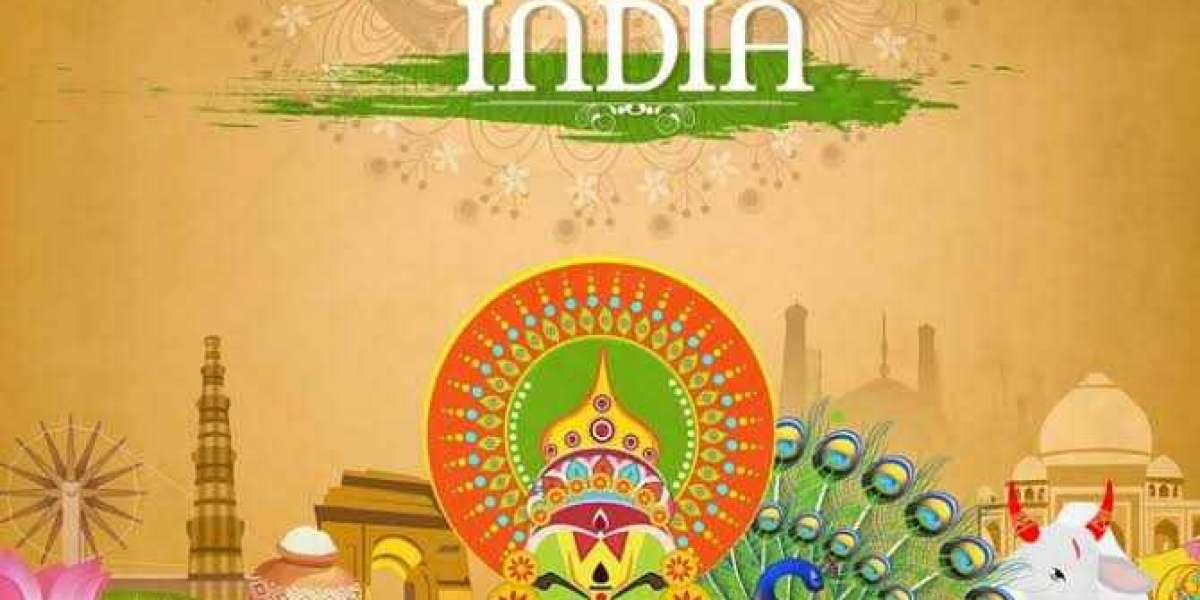THE HERITAGE OF INDIAN ART
The cultural heritage of India lies in its recognition of the inner and outer landscapes of man. It shows India as one whole inspite of a great deal of multiplicity. Whoever came to this country fell into this pattern.
Two fundamental paradigms were evolved. First was that the human body was a microcosm representing the microcosm. The second paradigm was of a chariot wheel with a centre, a hub, spokes and circumference.
The centre was a symbol of the life of reflection the spokes and area between the radil were the symbol of the life of dynamic action. Time was cyclic and everything was harnessed. The Rig Veda stated that "truth is one but in its expressions are many". The Katha Upanishad spoke of the human body as the charioteer and the chariot wheel.
Indian architecture embodies harmony and evenness between its multiple forms. Despite the cultural specifies seen in different forms of architecture such as stupa, temples and mosques, we find them speak the same language of transcendence.
Sculpture provides vision of wholeness through impersonalisation. Indian figurative art is not portraiture of the specific. The famous image of Siva in Elephanta called 'Trimurti' portrays Siva as Sivadasa, as Parvati and as Aghora the fierce one.
Painting schools are also impersonalised however Hindu, Buddhist and jain figurative art is as abstract as Islamic calligraphy.
Finally, though a beautiful and complete language of movement, Indian dance provides manifestation of the inner state and vision.
The dance, like poetry and music, seeks to communicate universal, impersonal emotion. The Indian dancer thus portrays a form which is both sensuous and spiritual.







